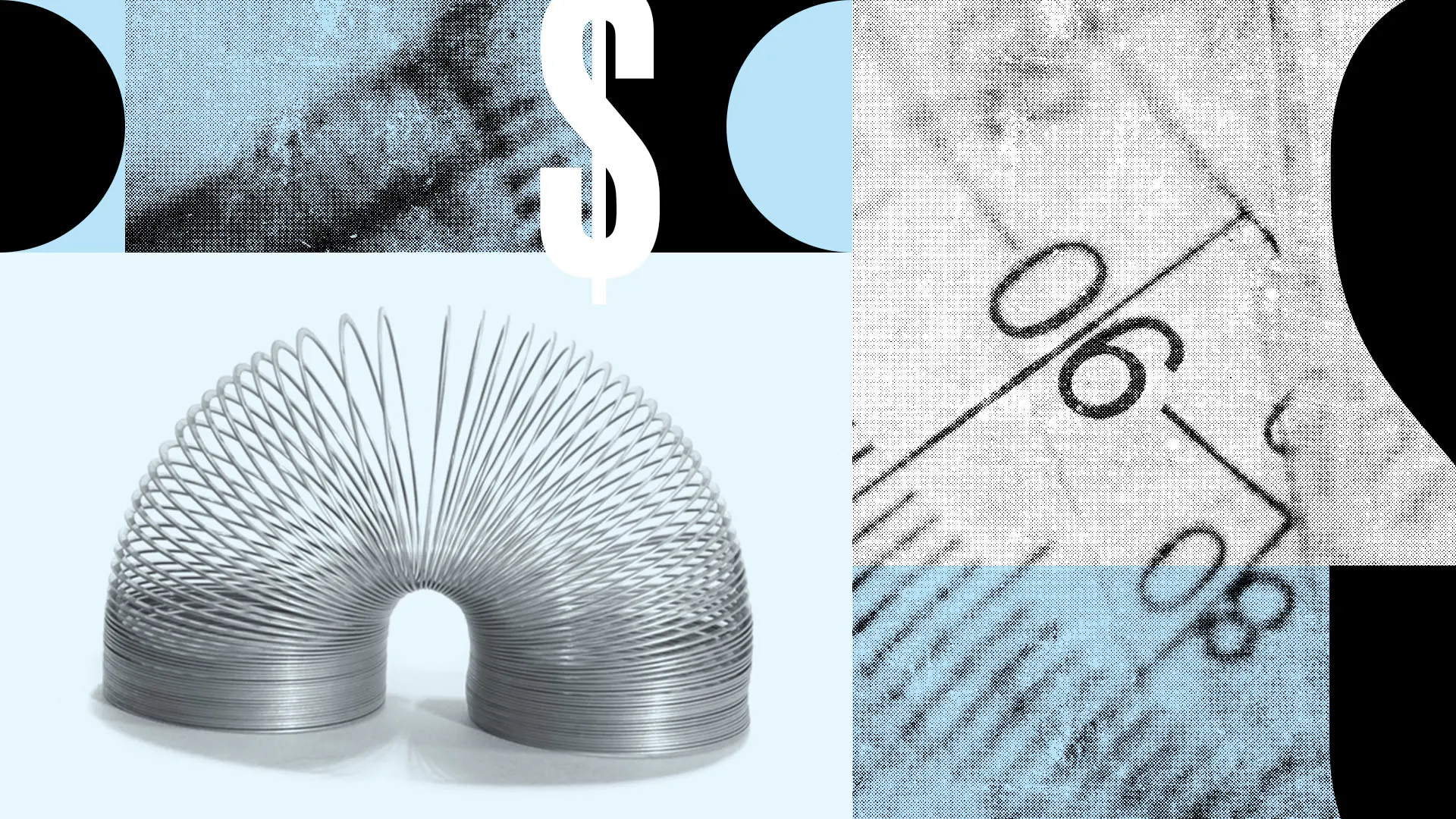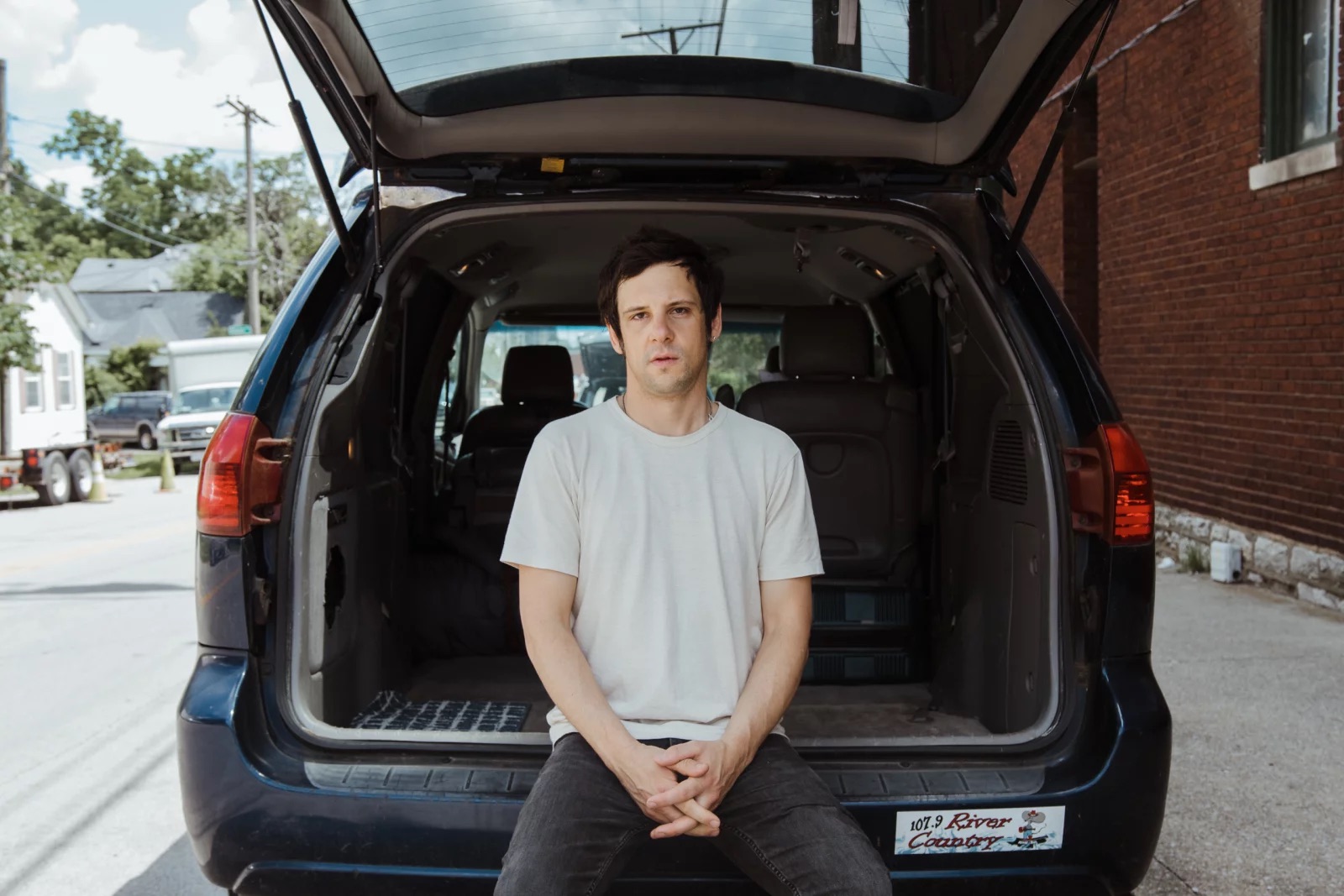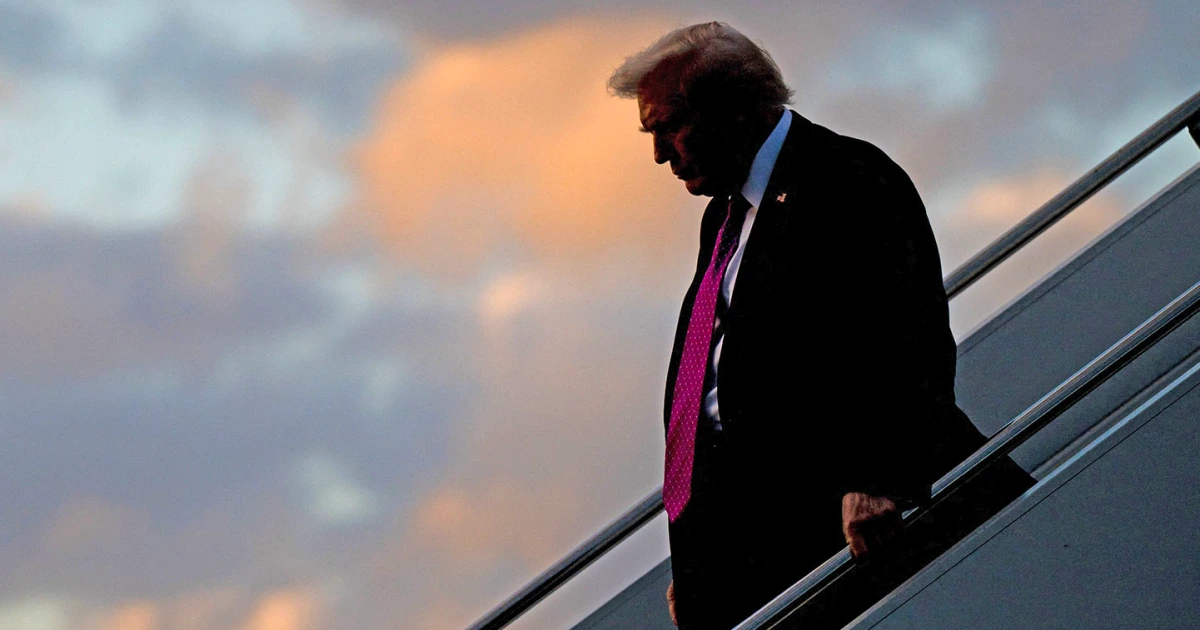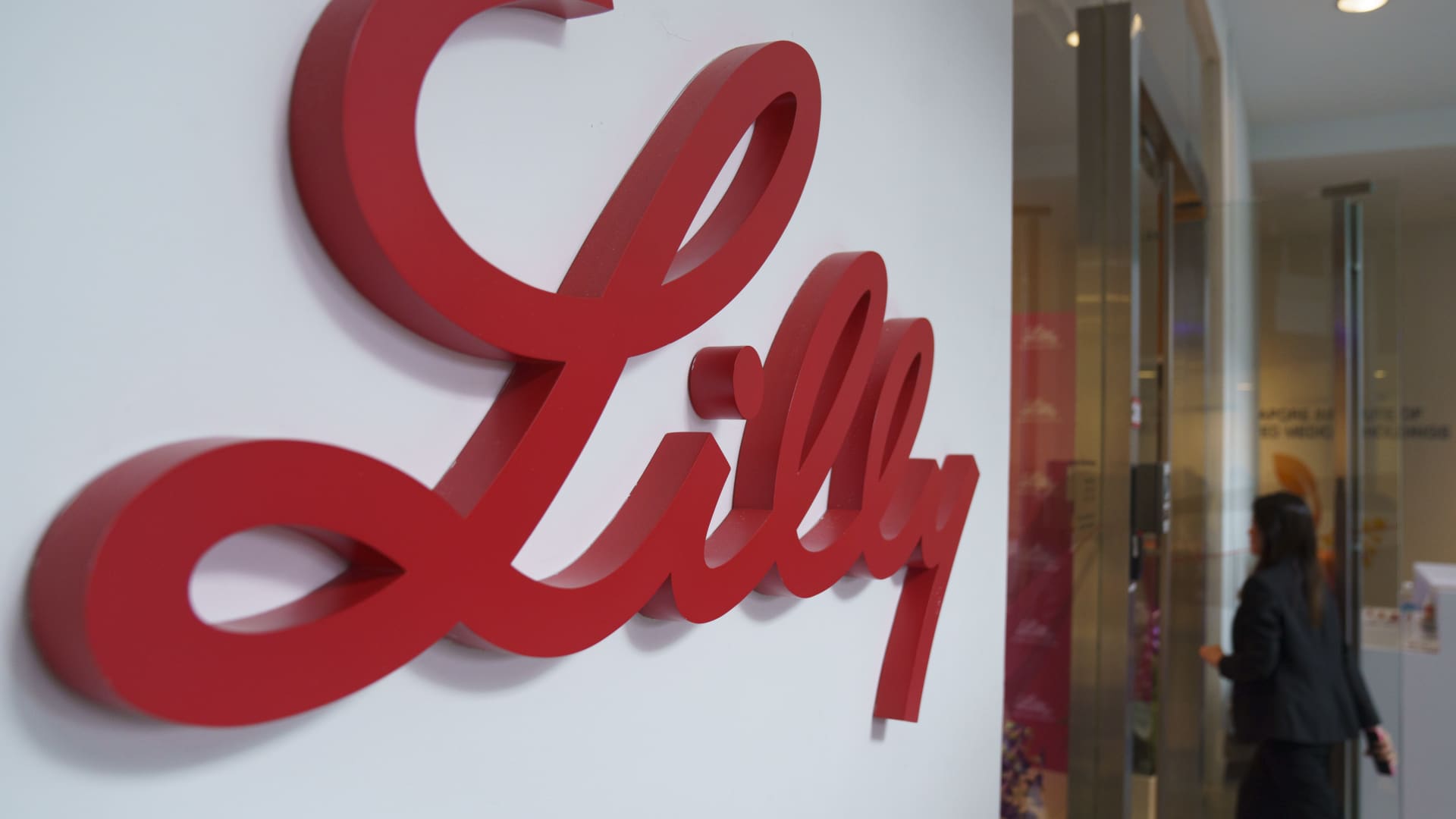Copyright Inc. Magazine

It’s no secret that this year has been tough for everyone, but the hair styling industry is particularly sensitive to economic downturns. During tough times, consumers often spend less on luxury services like hair styling. Tariffs and inflation have also hampered consumer sentiment, further complicating the landscape for demand. Just ask David Thurston, who has seen the slump firsthand, and has leveraged his brand’s price elasticity to counteract some of the effects. Alongside his wife, Alexis Thurston, David has started two Los Angeles-based beauty brands in the past decade. In 2018, the couple sold their two-year-old professional hair color company, Pulp Riot, to L’Oreal. By 2023, they were back at it, launching Danger Jones, which sells a wider range of products to hair stylists in 43 countries. To “better support stylists amidst rising inflation and salon costs felt widely by the industry,” David says that Danger Jones made a strategic pricing change by lowering the price of Danger Jones Premium Powder Lightener (bleach) from about $30 to $23. Bleach is the bread and butter for stylists, Thurston says: “They can’t sell it, but they have to use it. And we thought that’s a good spot to lower our prices and come out looking like the good guys.” When it comes to product pricing, he adds, “I think it’s important that it lines up with how you’re trying to make people feel.” Featured Video An Inc.com Featured Presentation Since lowering the price of bleach, sales have increased 67 percent across all categories, reflecting how sensitive consumers are to Danger Jones’s price changes—also known as price elasticity. As Inc. 5000 CEO and strategic business coach Bruce Eckfeldt has written for Inc. in 8 Key Metrics for Growth-Minded CEOs to Track, “Pricing changes can have profound effects on customer retention and lifetime value, beyond short-term conversion rates. By testing different pricing strategies, businesses can determine what resonates most with their audience.” There are several key factors to consider when building a strong pricing strategy, such as customer segmentation, competition, differentiation, product mix, sales channels, and cost structure, according to Paresh Khatwani, director at business consultancy Portage Point Partners. But one of the most important factors to focus on as a founder is the perceived value of your products. You must ensure that the price communicates that perceived value clearly, and make adjustments as needed—pricing is never “set it and forget it,” Khatwani says. “Pricing should evolve with shifts in customer behavior, competitive dynamics, and macroeconomic factors like tariffs or supply chain disruptions. Use intuitive models—tiers, bundles, usage-based pricing—that grow with your customer and reflect value delivered,” Khatwani says. “Run A/B tests on pricing models. Validate assumptions with real customer behavior, not just internal opinions. Segment and prioritize your customers. Reward them and drive loyalty.” Keeping a strategy simple and nimble is at the core of all pricing best practices. Among the red flags, Khatwani says, are ignoring data, getting into price wars, not segmenting enough, and using cost-plus pricing only—which basically means that you start with the total cost to produce a product or service and then add a fixed markup percentage to determine the selling price. “You do not need to figure it all out at once. Test early and test often,” he adds. Follow the data Kenneth Ogalo can speak to the importance of data-backed pricing. He started New York-based publication the Roaring Economist in 2022 as a written forum for founders to gain exposure in their early growth stages. He eventually determined that there was a greater need for a networking and entrepreneurial events company than a content-only publication, prompting him to pivot. He rebranded the Roaring Economist as Seed Five in September 2025. Seed Five, which earns money via membership subscriptions, is not cash-flow positive yet, and has just under 40 members currently. “Initially our pricing was based on a sensitivity analysis performed, data taken from a survey, and observing other market comps,” Ogalo explains. Based on the data, Seed Five landed on a $3 standard subscription and $5 premium subscription price. Ogalo, however, wanted to position the brand as a luxury option with growth in mind, so he decided to charge $10 for standard and $20 for premium. After two months, demand was extremely low due to three key issues: Seed 5 hadn’t communicated its value properly, it didn’t have the content to charge the intended price, and pricing was based on the assumption that a member would want all the benefits included. From experimenting with pricing and membership benefits, Ogalo did learn that Seed Five had three different groups of customers with mutually exclusive interests—networking, written material, and community events. Rather than slice and dice a package, he decided to consolidate the options into a $5 monthly or $50 annual subscription. Still in the brand’s early days, there’s a lot left to learn from price testing. “Although the situation isn’t ideal, you have to play on the field the market decides,” he says. Be selective, yet competitive Along with finding a price point that converts, it’s equally important to identify a price point that’s competitive, says Mike Lombardo, co-founder of Philadelphia-based better-for-you tea company Halfday. When he launched the business in 2021 with co-founder Kayvon Jahanbakhsh, Lombardo wanted Halfday’s products to appear as a premium alternative to traditional iced teas, similar to prebiotic beverages. In its early days, Halfday—which has raised a $3 million seed round in 2022 according to Crunchbase—tracked conversion rates and monitored reviews to land on its $2.49 – $2.99 everyday price point. Once the business was up and running, Lombardo began experimenting with promotional events and bulk discounts. Customers who purchased more than two cases of tea received a 20 percent discount, which helped the brand assess its unit economics—the direct revenue and costs associated with a single “unit” of tea. At first, the company priced its 12-pack cases at $35.99, and has since lowered the deal to $29.88 on both its retail and e-commerce channels, which made its premium tea accessible to a wider net of customers. Halfday now runs calendar discounting events to test pricing and the effectiveness of promotions. Among its retail channels, Halfday will run promo events to see how velocity is impacted by variance and suggested retail prices. Meanwhile, e-commerce promotions run during seasonal holiday events, including Memorial Day, Labor Day, Black Friday, and Amazon Prime Days. Another layer to pricing is being mindful of competition in specific categories and sets, Lombardo explains. “We’ve found that it’s better to follow a value-based pricing strategy as opposed to a cost-plus model,” Lombardo says. Value-based pricing involves pricing a product based on the customer’s perceived value. Signs of a healthy price point would be consistent sales growth and sustained lift, with sales growing after a promotional period, Lombardo adds. “Finding this right price won’t happen overnight—just make sure you continue listening to customers, sales data, and other key partners or stakeholders and act accordingly.” Don’t get too elastic Sometimes prices are not elastic. Wylie Robinson learned that the hard way. The founder and creative director of outdoor blankets brand Rumpl founded his Portland, Oregon-based company in 2013, and determined soon after launch that $99 was the sweet-spot between price and profit for its entry-level product—the Original Puffy Blanket. The product itself combines the synthetic fill insulation of a sleeping bag with the design and end-use of a regular blanket, which typically serves campers, nature buffs, and roadtrippers. Though the company added other products at different price points, including a two-person size option, the price for its Original blanket stayed at that sweet spot for a long time, which makes sense. The $99 price point, common for consumer good brands, psychologically attracts customers and sits nicely in the “Under $100” filter on shopping pages. Then in 2023 Robinson learned that sweet-spot should not be messed with. When the Covid pandemic hit, consumers became more interested in van-life and showed a general desire to be outdoors more, according to Robinson. This meant Rumpl experienced 500 percent growth between 2020 and 2022. Greater demand prompted the brand to conduct a consumer research study on its price point, which found that customers felt very positive about the value they were getting after purchasing. Figuring that there seemed to be an appetite to pay more, Rumpl raised its prices roughly 20 percent in the spring of 2023, and at the same time split its pricing tear into print and solids, since patterns cost more to make. The company was already offering different price points based on size (one person or two)—collectively making four price tiers. “It was a really, really big mistake,” Robinson says. “What it ended up doing is it created this really confusing process for the customer that we just didn’t think enough about.” By introducing new pricing tiers, the price box on its Amazon product page effectively populated a different price for each color option tile, creating a nightmare-ish shopping experience for their Amazon customers, he explains. It then had nearly 12 prices for two sizes of blankets, which included past inventory with original prices, new solid products at a higher price, and new, more expensive print blankets. “It just tanked our conversion.… We created this huge bottleneck for our consumers and inhibited them adding to cart,” Robinson says. The original thesis was that if prices rise 20 percent and conversion drops by 10 percent, Rumpl will make slightly less revenue but considerably more profit. But when conversion dropped more than 20 percent, Robinson knew he’d made a mistake. “People are not as willing to pay above 100 bucks,” Robinson says of Rumpl’s entry-level product. “It just depends on the demand for your product and the scarcity of it—that is usually the big determining factor on how elastic or inelastic your pricing is.”



